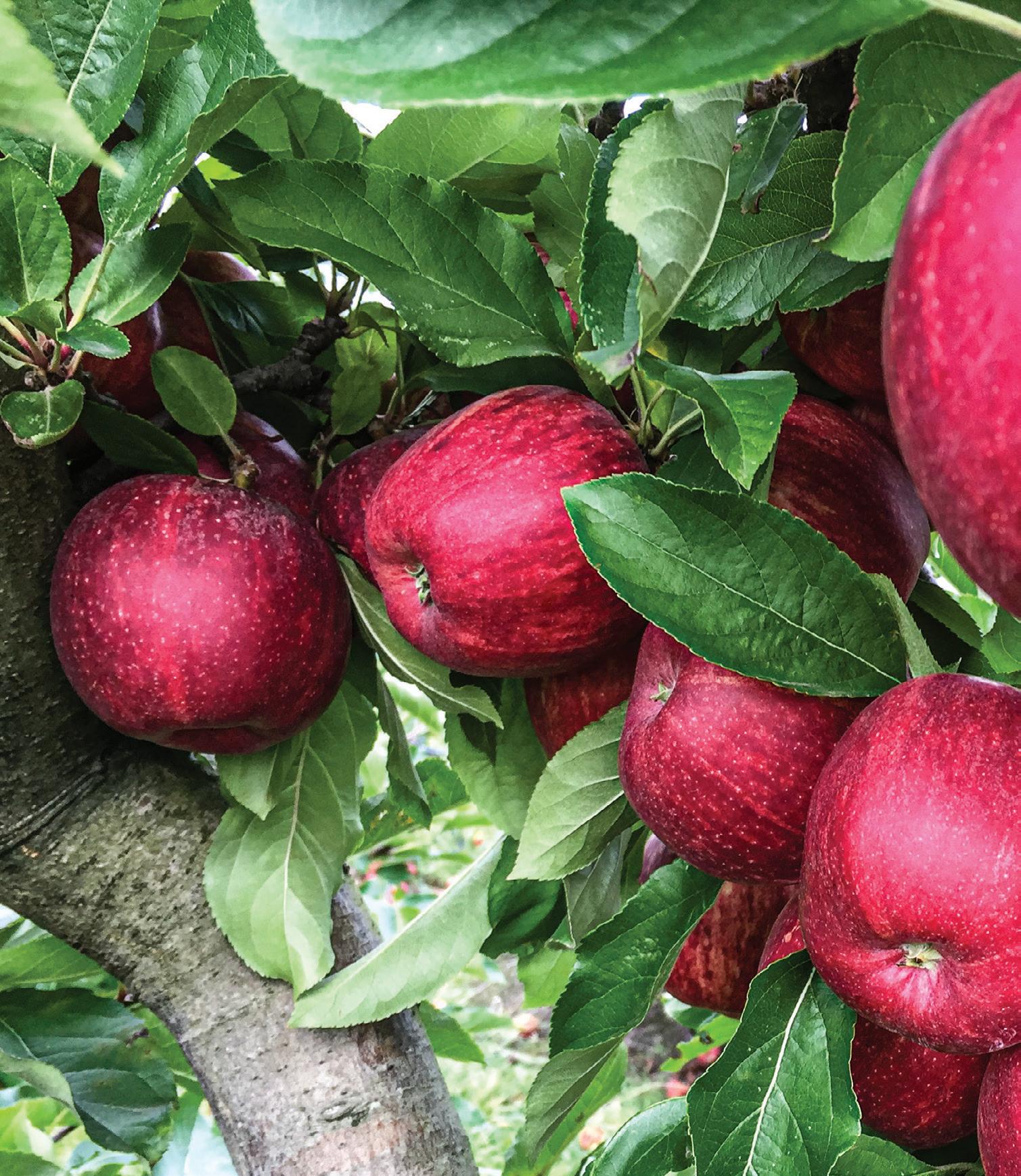FORAGE AND ARABLE
Preventing seed-set key to yellow bristle grass control Yellow bristle grass (Setaria pumila) is a tufted, sprawling annual grass weed. It has become increasingly prevalent in many North Island pastures, particularly dairy pastures. Left unchecked, yellow bristle grass can become a serious production limiting weed. One of the reasons for this is that yellow bristle grass (YBG) is a highlywhich spreads rapidly through pasture, reducing feed quality in late summer and autumn. Cows don’t willingly eat YBG, leading to low pasture utilisation. Grazing avoidance then leads to a massive seed-set, rapid re-infestation and an opening for other weeds. Researchers have counted up to 20,000 infestations, ranging down to 5-10,000 seeds/m2 under light infestations.
Techniques include early mechanical topping (before viable seeds are set), heavy grazing or chemical control with a herbicide. Dockstar® herbicide is registered for this use. When applied to YBG after it has emerged from the ground but before seed heads are visible, Dockstar has proven very effective.
aggressive, annual-seeding weed
seeds per square metre in severe YBG
At this time of the year, recommended best practice for controlling known infestations is to stop YBG plants setting seed. This is a critical step in preventing the weed from spreading further.
Paul Addison, Technical Specialist for Nufarm, says Dockstar has a nil stock withholding period, which is a real bonus for farmers trying to co-ordinate timely YBG spraying with their summer grazing rotation. As a result, once the recommended pre and post spray timings are observed,
pastures sprayed with Dockstar can still be grazed on a rotation as short as 21 days. Previously, the earliest return time for paddocks sprayed for YBG seed control has been 35 days – 7 days required between grazing and spraying, plus a 28-day stock withholding period. Dockstar also requires at least 7 days between grazing and spraying, plus a gap of at least 14 days after spraying to the next grazing. This maximizes YBG control and minimizes pasture suppression. Recommended rates for Dockstar are 1.5-2.0 litres/ha, with no adjuvants or other products added to the herbicide. While YBG seed heads are easy to spot, identifying the weed as a young plant can be more difficult and since Dockstar will not control seeding weeds, it’s important farmers can distinguish YBG from other grasses before it flowers. “Look for a flattened, hairless leaf sheath; long hairs at the base of roughedged leaves and reddish-purple colouring at the base of the sheath” Paul advises. After spraying, Dockstar is likely to cause temporary yellowing and growth suppression of some pasture species, including ryegrass and clover. For further information, contact your Farmlands Technical Field Officer or the friendly team at your local Farmlands store. Article supplied by Nufarm
| Yellow bristle grass spreads rapidly through pasture, reducing feed quality.
WWW.FARMLANDS.CO.NZ
®Dockstar is a registered trademark of Nufarm Limited
Farmlands Co-operative Society Limited | © November 2020. All rights reserved.
THE FARMLANDER | 53














